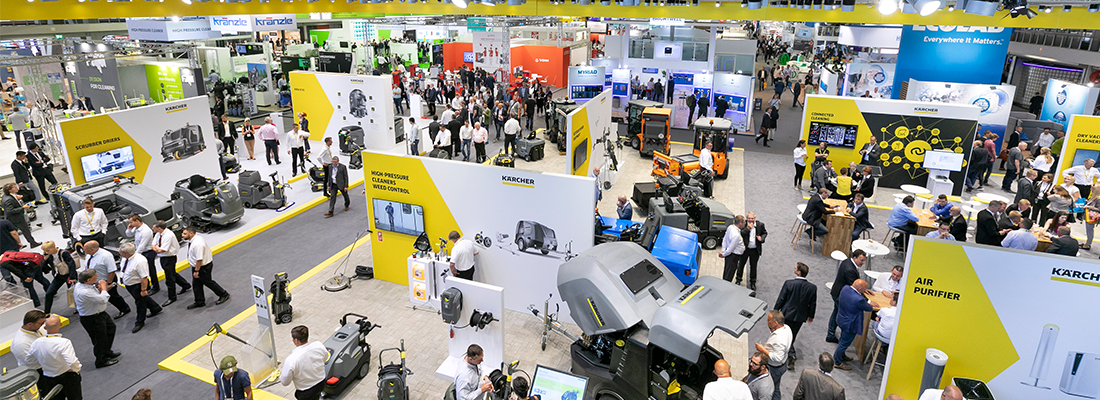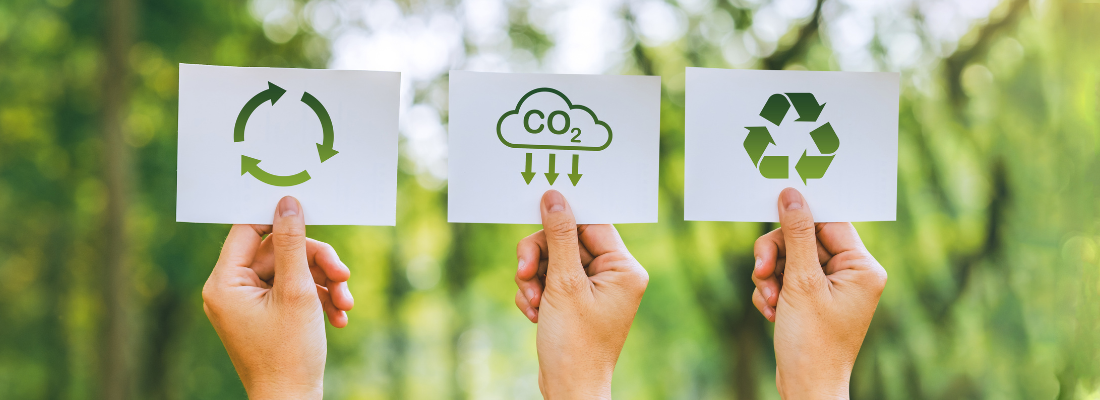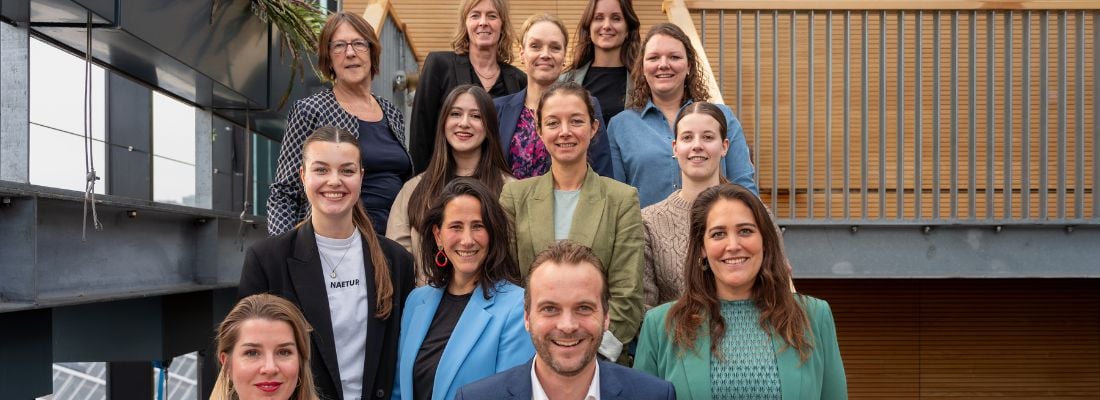How to increase ROI for exhibitors
As an organiser you help exhibitors present themselves and make contacts. But are they making best use of the possibilities? Exhibitors who formulate clear goals and actively aim to achieve them gain a greater return on their investment. And exhibitors with a higher ROI are more likely to return to your event. How can you offer them support?
Exhibiting with a reason
At RAI Amsterdam we don’t only organise exhibitions, we also participate in them ourselves by attending event exhibitions such as IMEX and IBTM. There are specific reasons why we do this, namely to strengthen relations, make new contacts and meet potential clients. These results don’t come automatically. Focus is required to ensure we don’t end up only talking to people that we already know and have too little time to establish new relations. All exhibitors will be familiar with this pitfall.
As an organiser it is in your best interest to ensure exhibitors are happy. You can increase your added value by advising them on how to make the most of their participation. Here are the main tips we provide to our exhibitors based on our personal experiences:
Tip 1: Make the exhibition part of the marketing mix
Participating in an exhibition cannot stand alone - it must be part of your overall marketing mix. Like with other marketing tools, you invest in your exhibition participation because you want to ensure a return on that investment. An exhibition is the ideal medium for recruiting new clients. You may also have other goals, such as a successful product launch, strengthening your reputation or reconfirming existing client relations. Formulating clear goals will allow you to use this information to build your business case. It will give you a good guideline for yourself and a clear explanation for your management.
Say that exhibition participation costs 10,000 euros, plus the time spent on preparations and your presence there – let’s say another 10,000. Your goal may be to speak to 100 leads, of which around 10% will become a client with an average order of 20,000 euros. This adds up to a tenfold result on every exhibition euro spent. No boss will say no to that… And this is just the financial return we’re talking about.
Tip 2: Prepare for known contacts
An exhibition is the ideal moment for speaking to many people in person within a brief period of time. This involves new leads on the one hand, and existing relations – at least as important – on the other. You can invite relations who are important to you and you’d like to speak to in person. Exhibitors often have the opportunity to provide discounts or offer relations free tickets to the event. Use these options, and plan appointments in advance so that your time at the exhibition is used as efficiently as possible.
Tip 3: Consider extra activities
Exhibitors can set up their stands in a ‘normal’ way, but there are many other options which could support their goals. Would you like to stand out as an expert in a certain field? Perhaps you can sponsor a knowledge session or contribute a speaker to the programme content. Do you want to show your innovative power? Some exhibitions host innovation awards which you could join. There are plenty of possibilities; speak to the event organiser to learn more.
Tip 4: Apply lead boosters for effective lead generation
And so the time has come. You have an attractive stand in place, good brochure material, a dynamic presentation on the screens and your set-up offers sufficient space for speaking to people. One hour in and things start going awry. There’s that client with whom you always have great conversations about running, and before you know it an hour has passed. Then an ex-colleague stops by, and a supplier. Naturally, these are valuable contacts, but they don’t constitute new leads. So how do you prevent this ‘familiar faces’ challenge?
A good tactic is to divide your exhibition team into ‘lead boosters’ and ‘sales’. The lead boosters don’t have to be product experts; they don’t even have to work for your company! The only thing they must be capable of doing is approach interesting people and ask the right questions to identify them as potential leads. They act as a filter for sales, as it were, and transfer any good-quality leads to them. If sales team members are still talking to another relation, the lead boosters can keep the individual talking or make an appointment for a later time. This way they make sales’ work much easier, while benefitting the leads as well: they receive a warm welcome and are brought into contact with the right person with whom they can have a proper intrinsic conversation.
Tip 5: Identify the most promising leads
Lead boosters should match your brand and identity. They also require certain skills. They shouldn’t be too pushy – like the youngsters on Ibiza practically pulling potential guests into bars and restaurants – but being overly hesitant isn’t ideal either. You need someone who easily approaches people and asks the right questions to identify them as a proper lead. What makes a ‘proper lead’ should be determined in advance. Examples of criteria are:
- The sector, type of company and job position of the individual
- What they are looking for and whether this is in line with what you have to offer
- At which stage of the decision-making process they are
- The individual’s role in the decision-making process
In addition, the lead booster should not only focus on the content of the answers but also on body language. They should first look into the eyes of the person they are talking to rather than their badge. It demands practice to ask the right questions and there are special training courses available to learn these skills. You can also hire people who do this work professionally.
Tip 6: Prepare the follow-up
Did sales have a good meeting? Now, it relies on a proper follow-up during and after the exhibition. This is something you should arrange beforehand in order to ensure everyone knows what is needed. The first step is to carefully register the contacts. Sometimes organisers provide systems to make this as easy as possible, for example via scannable badges. Consider these issues in advance: what will you register during the event, who does what, which system will you use, and which data do you wish to register.
Marketing ensures that the proper materials are ready to use during and after the exhibition. Following the event, the sales team is reminded to call certain contacts or make appointments. Marketing also prepares a follow-up campaign after the exhibition. If all these activities are properly aligned, you will be able to extract the most potential from your leads.
Tip 7: Measure the result
It is smart to identify and monitor exhibition contacts clearly to ensure that you can see what your actual results were over time. Although leads are good, prospects are better and clients are what you really want. If you can measure this data you will have a better insight into what next year’s exhibition may bring, what works best, and how to make your event participation even more effective.
How to apply this to Interclean Amsterdam
Follow these five tips and you will have a team capable of bringing in quality leads, as well as building effective networks and relationships within your sector. This will be especially useful when showcasing your latest innovations at INTERCLEAN Amsterdam.
Share your stories with us!
Do you have an innovation or interesting news you would like to share with the professional cleaning and hygiene industry? The Interclean website and social media channels are a great platform to showcase your stories!
Please contact our press department interclean@rai.nl.
Are you an Interclean exhibitor?
Make sure you add your latest press releases to your Company Profile in the Exhibitor Portal for free exposure.
Receive the best newsletter on cleaning & hygiene - straight to your inbox!
We promise never to send you spam and you can unsubscribe at any time!








